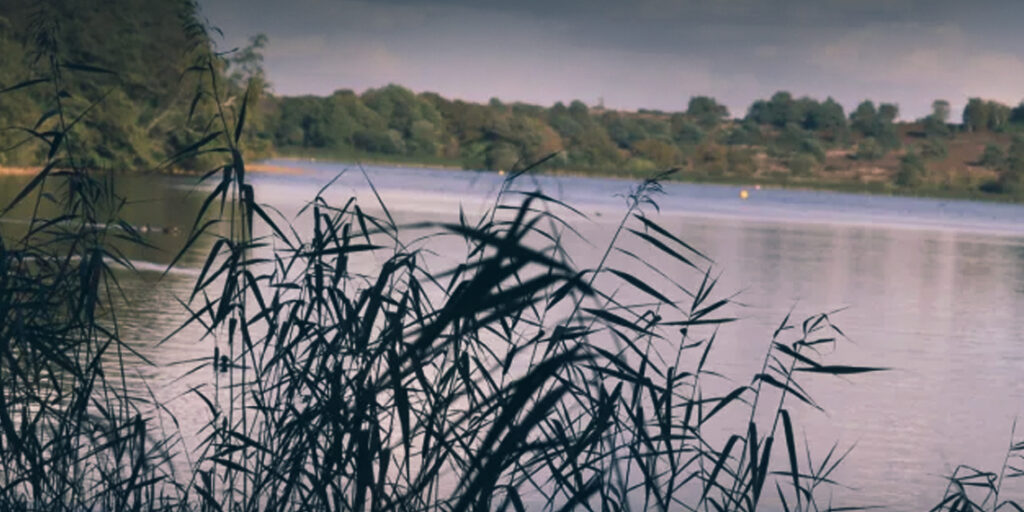Bathing sites across the UK are facing a serious pollution crisis, with harmful bacteria, pesticides, drugs, and genetic material contaminating waters.
These pollutants are raising concerns about the emergence of antibiotic-resistant superbugs.
Samples collected from rivers and lakes by citizen scientists revealed E. coli levels up to 20 times higher than safe limits in the United States, alongside traces of medications used to treat diabetes and seizures.
The study, conducted by Watershed Investigations in collaboration with York University and Surfers Against Sewage, analysed hundreds of water samples from 23 rivers and lakes over one week during the summer.
Alarming levels of E. coli were detected in over half the sites, with Frensham Great Pond in Surrey recording the highest concentrations. Other heavily contaminated sites included the River Dart in Devon, the River Ribble in Yorkshire and Lancashire, and the River Wharfe in Yorkshire.
Additionally, almost all sites tested contained genetic material capable of producing superbugs resistant to antibiotics.
Rivers such as the Dart, Nidd, Ribble, and Wye showed the highest levels of resistance genes, which could make severe infections harder to treat.
Antibiotic-resistant infections are on the rise in the UK, with over 66,000 cases reported last year compared to 62,000 in 2019.
Most were linked to E. coli. Experts warn that the presence of resistance genes in rivers and lakes, combined with harmful bacteria and chemical pollutants, could pose significant risks to public health.
Tests also detected up to 48 chemical pollutants at single sites, including UV filters from sunscreens, pharmaceuticals, pesticides, and perfluorooctanoic acid (PFOA), a known carcinogen.
While these chemicals were not found in concentrations that pose immediate health risks, prolonged exposure could have long-term effects on people and wildlife.
Scientists argue that the current regulatory approach to monitoring water quality is insufficient, focusing only on bacteria and a limited number of chemicals.
They stress the importance of regular testing for a broader range of pollutants to protect both human health and ecosystems.
The contamination of UK rivers and lakes is partly attributed to untreated sewage, agricultural runoff, and industrial waste. In some cases, resistance genes have been linked to farm pollution, with antibiotics used in livestock seeping into waterways.
High levels of pharmaceuticals and industrial chemicals were also found in rivers like the Cam in Cambridge and the Ribble near Clitheroe in Lancashire.
Environmental advocates have called for immediate action to address the issue. They urge the public to use chemical products responsibly and properly dispose of waste to reduce sewage discharges.
Many believe clean and safe rivers should be a priority in modern Britain, not only for recreational swimmers but also for preserving wildlife and ecosystems.
Coastal areas are also facing challenges, with some of the UK’s most popular beaches frequently issuing pollution alerts due to bacteria levels. Sewage discharges and agricultural runoff remain common culprits, contributing to water quality issues across the country.
The government has acknowledged that too many bathing spots are polluted and is currently consulting on reforms to water regulations.
Environmental groups, however, warn that urgent measures are needed to prevent further damage to the UK’s waterways and mitigate the growing threat of antibiotic-resistant superbugs.


